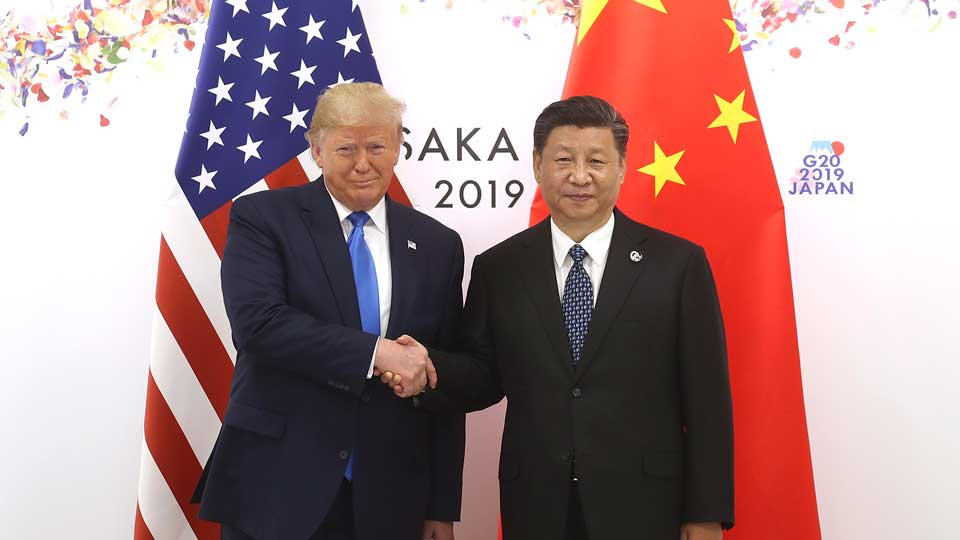The phrase “China plus one” has been around for some time. It refers to a strategy in which companies try to diversify risks of concentrating their manufacturing operations in China by setting up a production base in at least one other country. Japanese businesses began implementing it in the 2000s, when they decided to shift their focus towards emerging Southeast Asian economies. Political risks and rising wages were behind the move.
Now, Chinese firms are following suit. Big names such as Lenovo and TCL are reported to be among them. Vietnam and Thailand are popular potential candidates to establish a new manufacturing base.
According to the General Statistics Office of Vietnam, licensed foreign direct investments from China during January to late May this year is five times more than that of the same period in 2018. Numbers from the BOI, or Board of Investment of Thailand, show that direct investment from China doubled in the first three months of 2019, compared with the same period last year.

The trade row is not the only thing that’s encouraging these Chinese companies to adopt the strategy. Increased labor costs are another big factor. It’s certainly also not about abandoning China. The country still has a big market, with a population of 1.4 billion.
But Yuji Miura, a senior economist at the Japan Research Institute, says that the move may lead to a substantial change in the global supply chain. Experts point out that regardless of the country a firm is originally based, it will manufacture products outside China for non-Chinese markets, and continue to produce goods inside China for Chinese customers.
Despite all of the attention on the weekend US-China summit, businesses are starting to act on the long-term perspective that the fight between the two economic giants will continue for some time.

